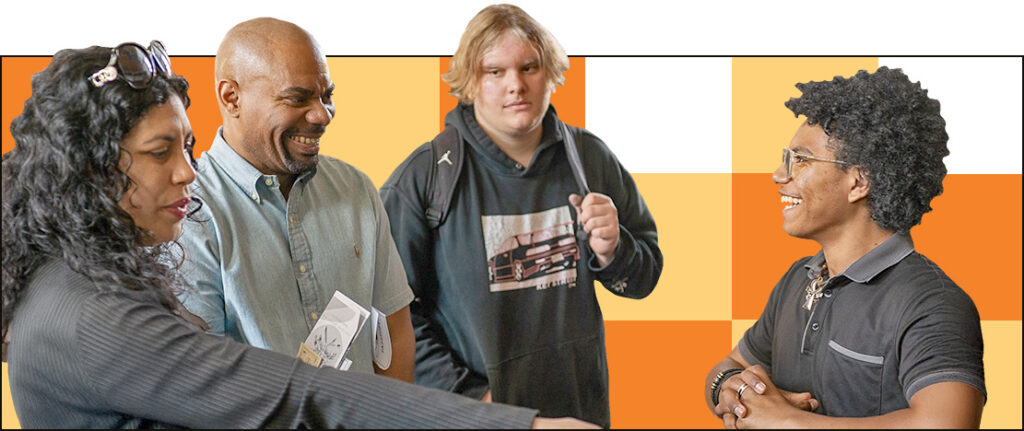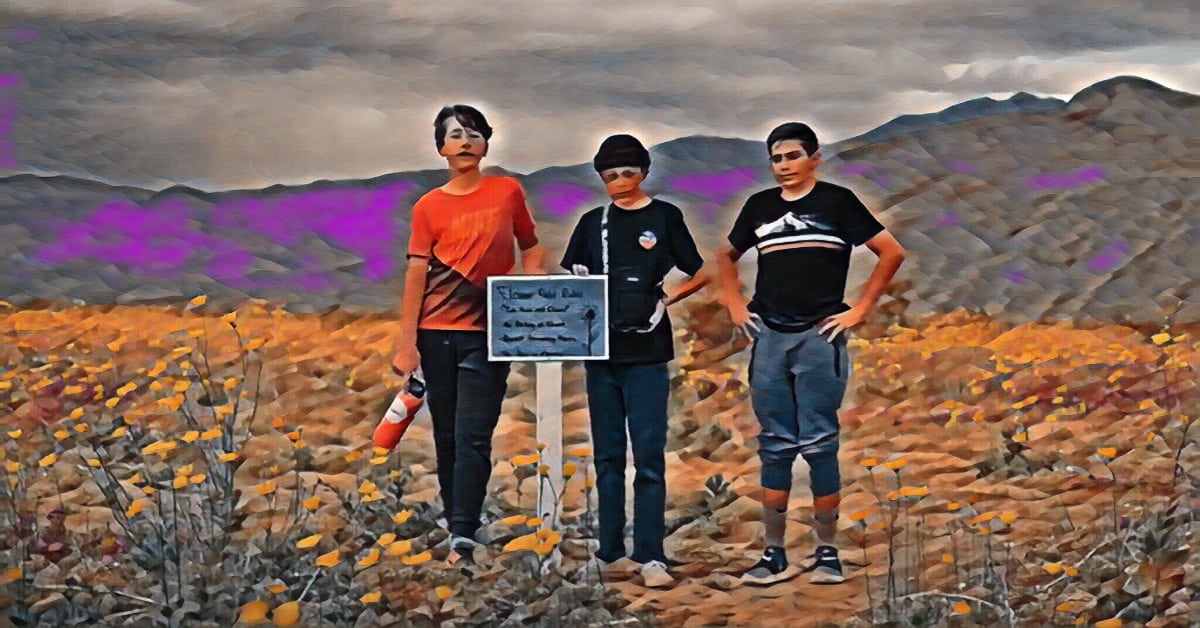


learn more about

learn more about

overview
partner with us
partner with us
events

events



learn more about

learn more about











HTH instructors break down key components that comprise a well designed project in the context of project based learning (PBL). HTH instructors emphasize the importance of experience in building student interest in a project as opposed to text.
[MUSIC PLAYING] When we give students a shared experience, we are giving them something to share as meaningful text that we can encounter together.
It’s really hard to build interest by just asking a kid what they’re interested in. But if you give them an experience to talk about, kids are pretty good at finding a way that they’re interested in that thing. I think for me, a successful project always involves students trying to engage with or see the world in a different way. And that’s either they’re seeing the world in a different way because they’ve learned something new about the way the world works, or they’re seeing the world in a different way because they’ve started to engage with the world in a different way and see their peers engage with the world in a different way.
Students want to do real work. They want to tackle wicked difficult problems. They want to try really hard at things. And if we can immerse them in something before asking them to write about it and answer questions on a test about it, we might find that their natural desire to be excited and engaged can be directed and coached by a teacher.
Not all students have the same lived experiences. But they can learn from each other by sharing.
You’ve got to lead with the experience. The zone of proximal development doesn’t just exist with writing or with math. It also exists with these experiences. So you’ve got to personalize, get to know the students. And then you push them when they’re ready. And once they’ve done it and they realized, OK, everything was fine. In fact, it was cool. Then they’re going to want to often do it a second and a third time.
When I plan a project, I’m always thinking of the many connections it has to other disciplines, because that’s the way that we learn.
You have a goal in the beginning. We start with, what is the need? We have these essential questions. And then we’re kind of off on a journey. And I do mean we are off on a journey, because so often, the teacher doesn’t know where this is going to exactly end either. Real life as text– it becomes very valuable within PBL.
Who are our community partners? Who are our clients? Who is the community that’s marginalized that we’re working with, because their interviews, their words– they become the text.